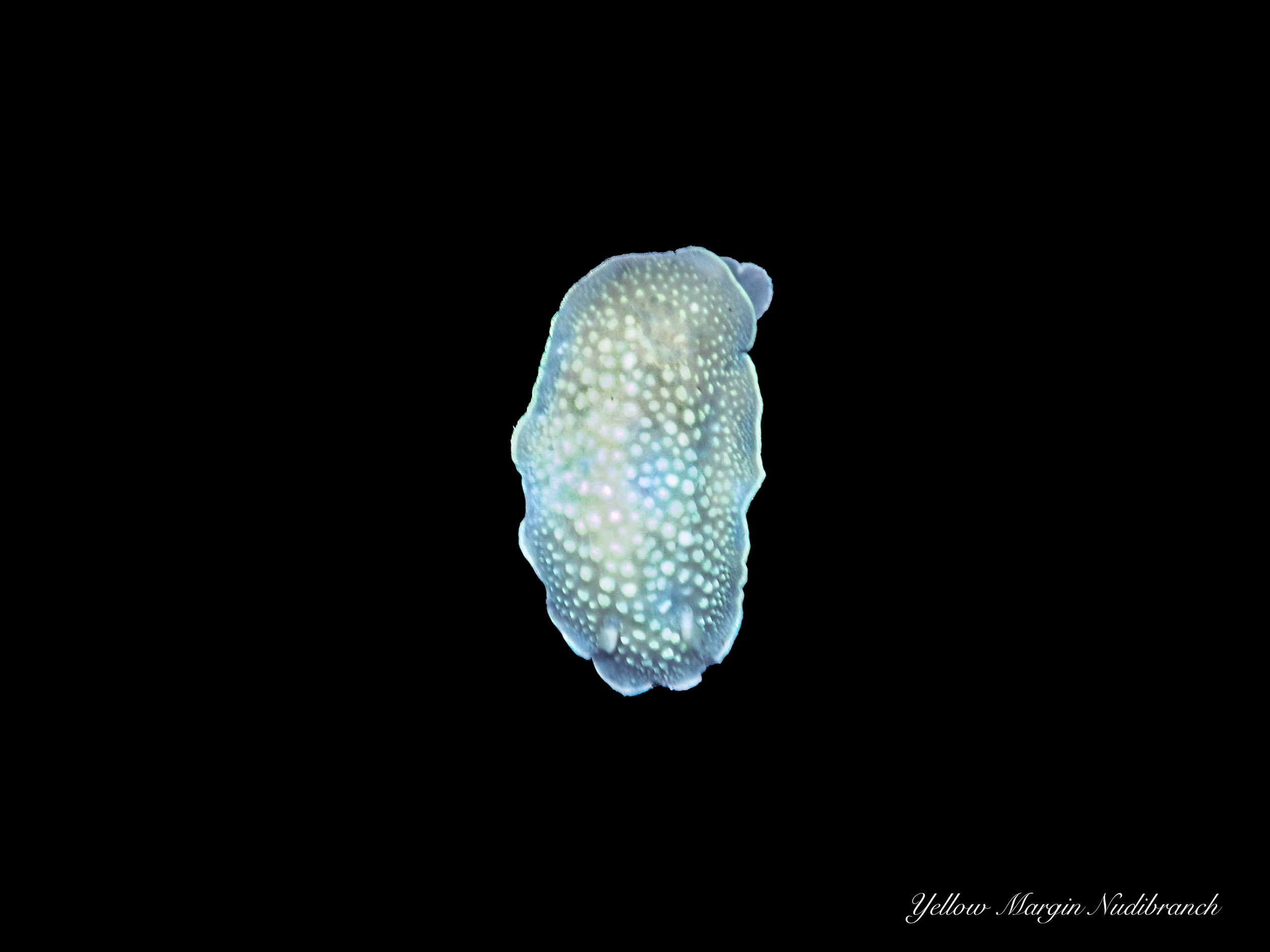What is a Nudibranch & Why Should You Care?
Over the past few weeks I've been swimming around in the Northwest Pacific searching for and photographing different types of nudibranchs! These little creatures are amazingly colourful, gorgeous specimens that lend themselves well to a lens. I find myself getting excited each and every time that I see one, eager for the opportunity to attempt to capture its beauty and curious fashion.
A Yellow Margin Nudibranch found in the Pacific Northwest
“The sea, once it casts its spell, holds one in its net of wonder forever.”
-Jacques Cousteau
You might be wondering what exactly is a nudibranch and why should I care? Well, long story short it's a sea slug and you should care because they are awesome. Long story long nudibranchs are a diverse group of soft-bodied marine gastropod molluscs. They are found in oceans all across the world and vary quite significantly in size, and appearance. There are two distinct subtypes of nudibranch aeolids and dorids. They are differentiated by the method they use to take in oxygen. Dorids breathe via a tuft of feather-like gills that they can retract if threatened while aeolids absorb oxygen through their skin and horn-like attachments on their heads and backs. They vary greatly in size from less than a centimetre to 15-30cm in length. If I don't have you on board already, here are 5 more reasons you should care about nudibranchs.
5 Cool Facts About Nudibranchs:
Nudibranchs can suck up the pigment of their prey! This means that they are camouflaged while consuming said prey.
Nudibranchs protect themselves by absorbing foul-tasting particles from sponges or storing stinging cells from anemones!
Nudibranchs are hermaphroditic possessing the reproductive organs of both sexes.
Nudibranchs can act as a canary in the coal mine indicating the health of the ocean. A dramatic increase in the population of any one group of nudibranchs can signal an early warning of more issues. With warming waters nudibranchs can appear out of their usual habitat signalling a shift in the coastal ecosystem
Nudibranchs are currently being studied by scientists for their Lactrunculin a chemical compound that researchers believe could help develop treatments for certain types of cancers and neurodegenerative diseases.
Have I won you over yet? I thought so!
Nudibranchs are diverse and unique creatures that serve an interesting role in coastal ecosystems all over the world!
Cheers to discovering and celebrating more of these little guys
Yours in words and photos,
Jamie

